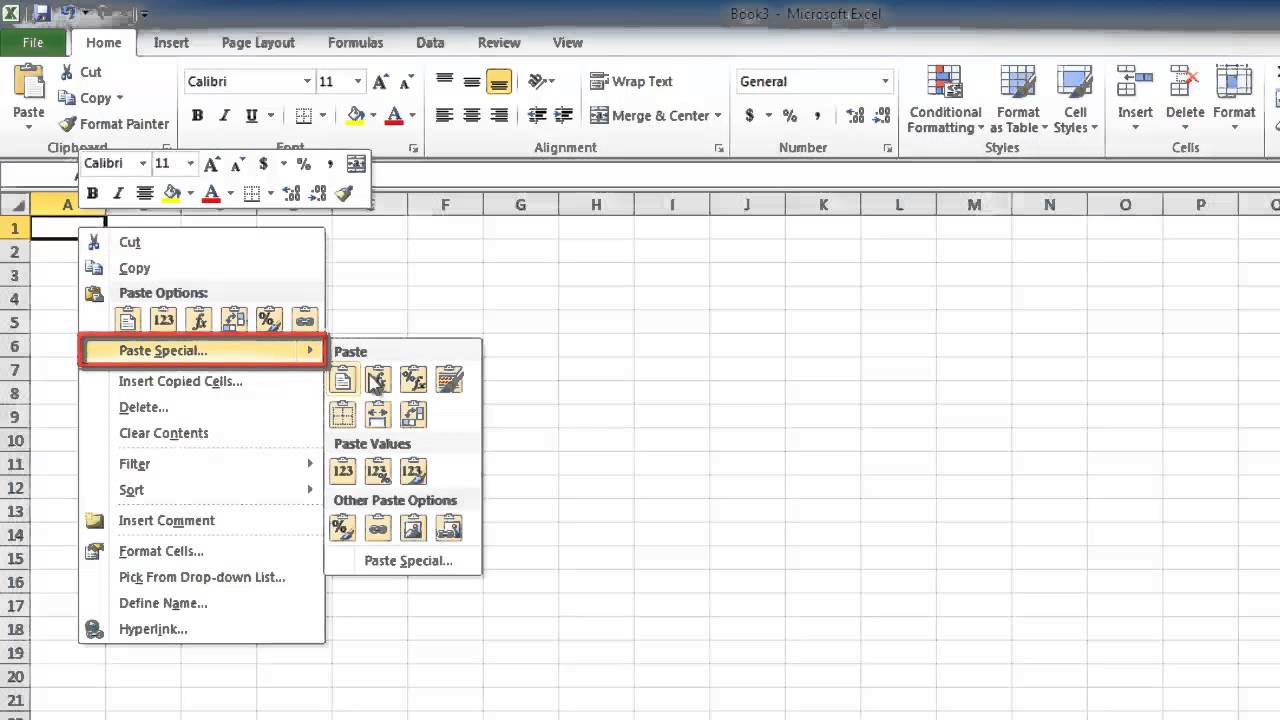5 Ways Postal Workers Can Simplify Retirement Paperwork

In today's digital age, retirement paperwork, especially for postal workers, can seem daunting. However, with the right strategies and a bit of organizational prowess, simplifying this process is entirely achievable. Postal workers, dedicated to serving communities for years, deserve a smooth transition into retirement. Here are five ways postal workers can make this journey less complicated and more enjoyable:
1. Understand Your Benefits

Before diving into the paperwork, it’s crucial to have a clear understanding of what benefits you’re eligible for. Postal workers are typically covered by the Federal Employees Retirement System (FERS) or the Civil Service Retirement System (CSRS). Here’s how you can get to grips with your benefits:
- Read Up: Obtain materials from the Office of Personnel Management (OPM) or your postal service’s HR department.
- Attend Workshops: Many postal services offer pre-retirement workshops detailing benefits and how to claim them.
- Consult an Expert: A session with a retirement counselor can demystify the process.
2. Organize Your Documentation

Retirement applications require a plethora of documents. Organizing these ahead of time can save you from last-minute panics:
| Document | Description |
|---|---|
| Service Records | All records of your employment with USPS. |
| Health Forms | Forms related to your health benefits. |
| Beneficiary Designations | Current designations for survivor benefits. |
| Marriage/Divorce Certifications | Copies of certificates to clarify survivor benefits. |

📝 Note: Keep hard copies of documents and digital backups for safety.
3. Streamline the Application Process

Postal workers can take advantage of technology to simplify their retirement application:
- Online Submission: Use the OPM’s online retirement application system when available.
- E-Filing: Email or upload necessary forms instead of mailing them.
- Automated Calculators: Utilize OPM or USPS calculators to estimate your pension benefits.
4. Use Post-Retirement Benefits

Retirement doesn’t mean the end of postal-related services or support:
- Postal Service Health Benefits (PSHB): Postal workers retiring after January 2025 can access PSHB for healthcare.
- Retirement Counseling: Utilize available counseling services for both pre- and post-retirement assistance.
- Survivor Benefits: Ensure that your spouse or beneficiaries know how to access their benefits.
5. Stay Informed and Flexible

The landscape of retirement benefits can change, and staying informed is key:
- Keep Updated: Subscribe to newsletters or updates from OPM, USPS, or related organizations.
- Regular Reviews: Annually review your retirement plan to adjust for life changes.
- Flexible Mindset: Be prepared to adapt if there are policy changes or updates to benefit structures.
To sum up, while retirement paperwork can be overwhelming, postal workers have tools and strategies at their disposal to make this process simpler. Understanding your benefits, organizing documents, streamlining applications, staying informed, and using post-retirement services are crucial steps in simplifying the paperwork. With these strategies, postal workers can move into retirement with confidence, leaving behind the complexities of paperwork for a well-deserved rest.
Can postal workers retire early?

+
Yes, under certain conditions like Voluntary Early Retirement Authority (VERA) or Voluntary Separation Incentive Payments (VSIP), postal workers can retire earlier than the standard retirement age.
How does divorce affect retirement benefits for postal workers?

+
Divorce can complicate retirement benefits. A former spouse may be entitled to a portion of your pension through court orders like divorce decrees or property settlements.
What happens if a postal worker forgets to submit a document for retirement?

+
Omitting a document can delay processing. OPM will typically request missing documents, but this can slow down your application. Staying organized helps avoid such issues.
Can postal workers keep health benefits after retirement?

+
Yes, through PSHB for retirees after January 2025 or through the Federal Employees Health Benefits Program (FEHB) for those retiring before.
What resources are available for post-retirement support?

+
Retirement counseling, benefits information, and wellness programs are often provided by USPS and OPM for retirees.



